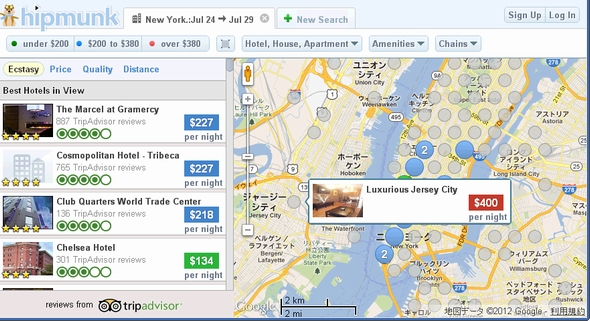

In fact, you’ll even have access to the entire database of Openstreetmap, which isn’t so in paid APIs. This means you don’t have to pay anything to request data from its database. Openstreetmap API is an open-source initiative that generates world map data and makes them available for free. Recognizable names like Shopify, Lonely Planet and Facebook have benefited from its mapping services. MapBox can be easily integrated into websites and apps. Mapbox found itself in the limelight amidst Google’s decision to turn its mapping service into a business. Nevertheless, these 3 are still the most popular maps APIs amongst the developer community, although they may appeal to different design needs. If you’re designing an app that requires geo-location service, you’ll have more than a handful of APIs to choose from. While it’s tempting to switch to cheaper options, how do the competitors stack up against Google Maps? That’s the burning question you ought to ask. Despite the outcry of Google Maps exorbitant price hike, it remains part of popular apps and companies like Lyft, Snapchat, and Groupon. Popular companies like Foursquare has since migrated to Mapbox, as it seeks a cheaper alternative. Exceeding the free quota will result in billings of $7.00 for every one thousand API calls. Google Maps showdown.Ĭompanies that have been enjoying 25,000 API requests per day for dynamic maps are suddenly limited to 28,000 per month. However, a sharp increase in price and a drastic reduction in the number of free API calls has prompted app developers to scramble for alternatives, triggering a Mapbox vs. Google Maps has always been the de-facto locational map API that developers turn to.


 0 kommentar(er)
0 kommentar(er)
